
By Col Shiv Om Rana, PhD
No. 1 – US Army

The United States Army (USA) is the largest and most powerful army in the world. It has a worldwide presence in various shape and sizes. It has the capability to respond to any eventuality in any continent in a short span of time on being approved by the President of America.
The Continental Army was created on 14 June 1775 by the Continental Congress as a unified army for the colonies to fight Great Britain, with George Washington appointed as its commander. The army was initially led by men who had served in the British Army or colonial militias and who brought much of British military heritage with them. As the Revolutionary War progressed, French aid, resources, and military thinking influenced the new army. Many European soldiers came on their own to help, such as Friedrich Wilhelm von Steuben, who taught the Prussian army tactics and organizational skills.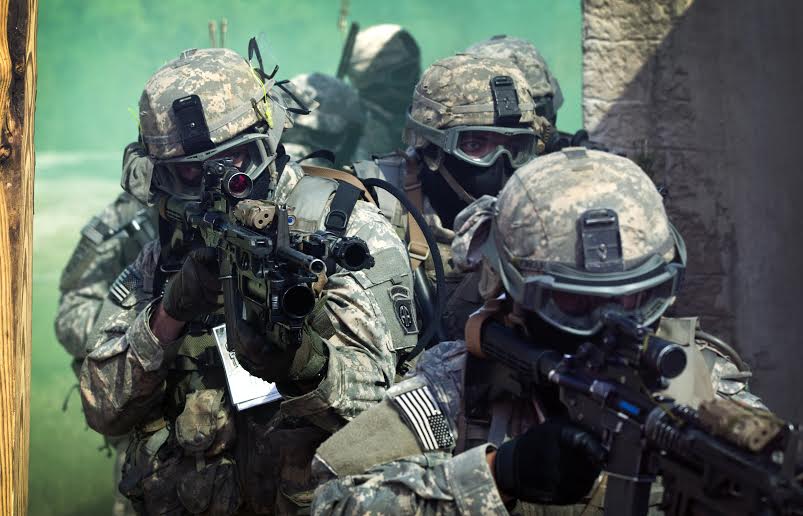

After the war, though, the Continental Army was quickly given land certificates and disbanded in a reflection of the republican distrust of standing armies. State militias became the new nation’s sole ground army, with the exception of a regiment to guard the Western Frontier and one battery of artillery guarding West Point’s arsenal. However, because of continuing conflict with Native Americans, it was soon realized that it was necessary to field a trained standing army. The Regular Army was at first minuscule, and after General St. Clair’s defeat at the Battle of the Wabash, the Regular Army was reorganized as the Legion of the United States, which was established in 1791 and renamed the “United States Army” in 1796.
No. 2 – Russian Army
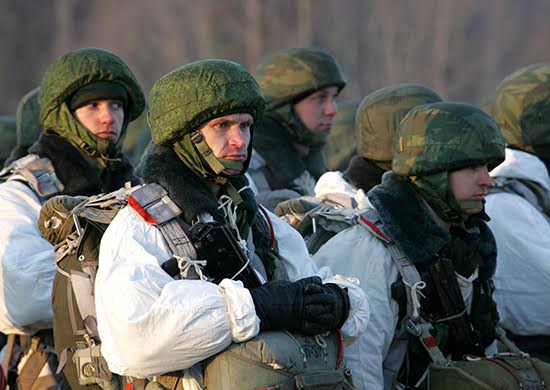
The Russian Armed Forces the military service of Russia formed after the dissolution of the Soviet Union. On 7 May 1992, Boris Yeltsin signed a presidential decree establishing 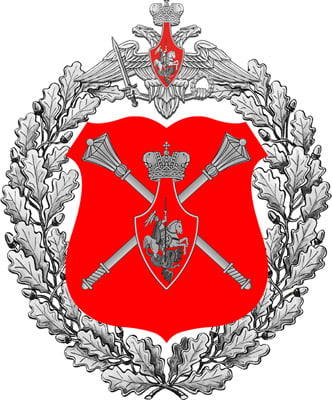 the Russian Ministry of Defence and placing all Soviet Armed Forces troops on the territory of the Russian SFSR under Russian control.The commander-in-chief of the armed forces is the president of Russia. Although the Russian armed forces were formed in 1992, the Russian military dates its roots back to the times of the Kievan Rus.
the Russian Ministry of Defence and placing all Soviet Armed Forces troops on the territory of the Russian SFSR under Russian control.The commander-in-chief of the armed forces is the president of Russia. Although the Russian armed forces were formed in 1992, the Russian military dates its roots back to the times of the Kievan Rus.
 the Russian Ministry of Defence and placing all Soviet Armed Forces troops on the territory of the Russian SFSR under Russian control.The commander-in-chief of the armed forces is the president of Russia. Although the Russian armed forces were formed in 1992, the Russian military dates its roots back to the times of the Kievan Rus.
the Russian Ministry of Defence and placing all Soviet Armed Forces troops on the territory of the Russian SFSR under Russian control.The commander-in-chief of the armed forces is the president of Russia. Although the Russian armed forces were formed in 1992, the Russian military dates its roots back to the times of the Kievan Rus.
The Soviet Union officially dissolved on 31 December 1991, leaving the Soviet military in limbo. For the next year and a half various attempts to keep its unity and to transform it into the army of the Commonwealth of Independent States (CIS) failed. Over time, some units stationed in the newly independent republics swore loyalty to their new national governments, while a series of treaties between the newly independent states divided up the military’s assets.
No. 3 – Chinese People’s Liberation Army (PLA)
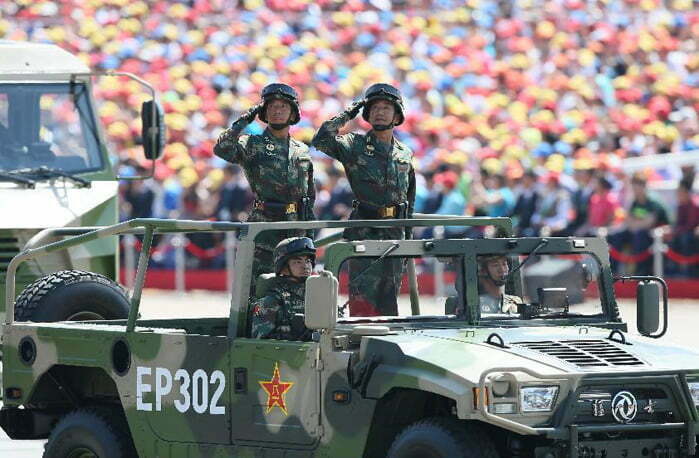
The People’s Liberation Army of China is the armed forces of People’s Republic of China and Communist Party (CPC). 01 August is celebrated annually as Chinese Workers and Farmers Red Army Day. The PLA consists of five professional service branches: the Ground Force, the Navy, the Air Force, the Rocket Force and the Strategic Support Force. The PLA is the world’s largest military force, with a strength of approximately 2,285,000 personnel, 0.18% of the country’s population.
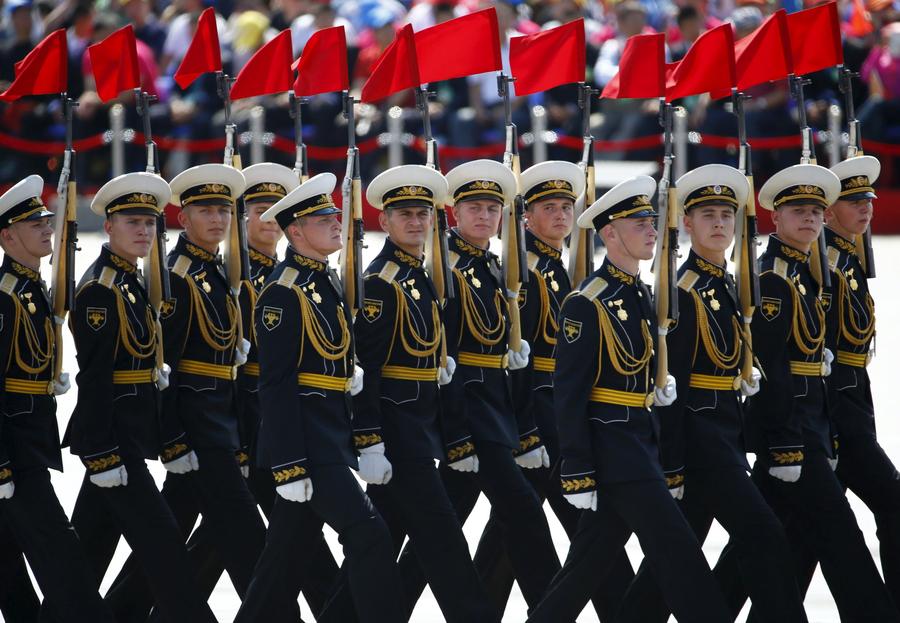
The PLA is under the command of the Central MilitaryCommission (CMC) of the CPC. Following the principle of civilian control of the military, the commander in chief is the Chairman of the Central Military Commission (usually the General Secretary of the Communist Party of China).
China has a long military tradition, dating backto the earliest days of recorded history.The history of the People’s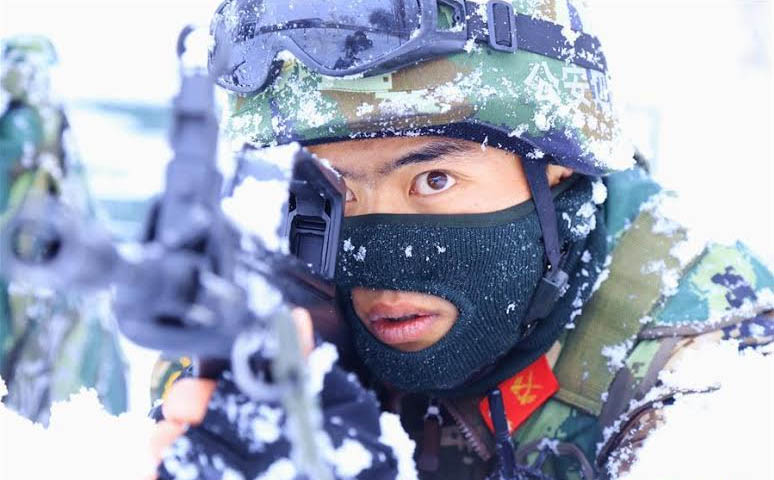 Liberation Army began in 1927 with the start of the Chinese Civil War and spanned to the present, having developed from a peasant guerrilla force into the largest armed force in the world.
Liberation Army began in 1927 with the start of the Chinese Civil War and spanned to the present, having developed from a peasant guerrilla force into the largest armed force in the world.
 Liberation Army began in 1927 with the start of the Chinese Civil War and spanned to the present, having developed from a peasant guerrilla force into the largest armed force in the world.
Liberation Army began in 1927 with the start of the Chinese Civil War and spanned to the present, having developed from a peasant guerrilla force into the largest armed force in the world.
No. 4 – Indian Army
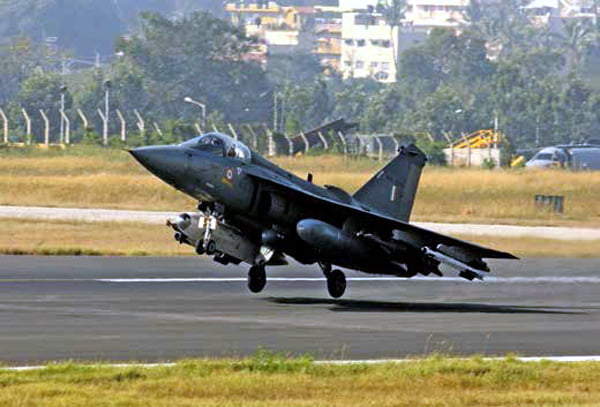
The Indian Armed Forces are the military forces of the Republic of India. It consists of three professional uniformed services: the Indian Army, Indian Navy, and Indian Air Force. The Indian Armed Forces are under the management of the Ministry of Defence (MoD), which is led by the Union Cabinet Minister of Defence. With the strength of over 1.3 million active personnel, it is world’s 3rd largest military force and has the world’s biggest volunteer army.
The Indian armed forces have been engaged in a number of thelarge military operations post-independence, including the Indo-Pakistani Wars of 1947, 1965 and 1971, the Portuguese-Indian War (Goa), the Sino-Indian War, the 1967 Chola/ Nathula (Sikkim) incident, the 1987 Sino-Indian skirmish,Sumdorong Chu valley (Arunachal Pradesh), the Kargil War, and the Siachen conflict among others.
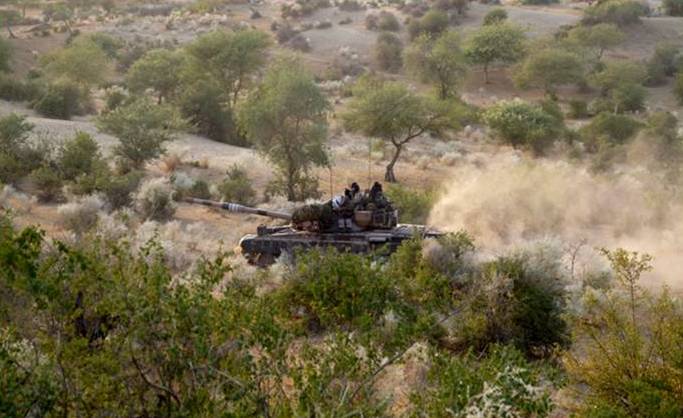
India has one of the longest military histories, dating back several millennia. The first reference of armies is found in the Vedas as well as the epics Ramayana and Mahabaratha.
British Army in India was raised from the State Forces and local recruitment. The officers were Britishers who were assigned to difference Regiments like Madras Regiment, Sikh Regiment or Punjab Regiment.
No. 5 – British Army
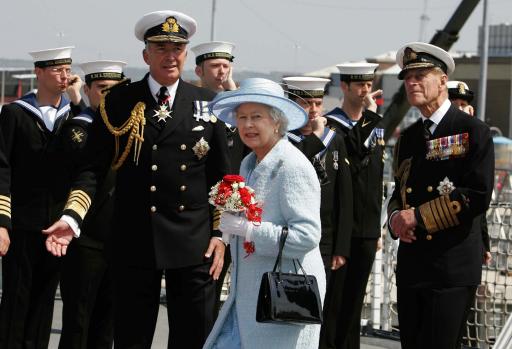
The British Armed Forces form the military of the United Kingdom, tasked with the defence of the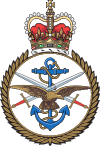 country, its overseas territories and the Crown dependencies; as well as promoting the UK’s wider interests, supporting international peacekeeping efforts, and providing humanitarian aid.
country, its overseas territories and the Crown dependencies; as well as promoting the UK’s wider interests, supporting international peacekeeping efforts, and providing humanitarian aid.
 country, its overseas territories and the Crown dependencies; as well as promoting the UK’s wider interests, supporting international peacekeeping efforts, and providing humanitarian aid.
country, its overseas territories and the Crown dependencies; as well as promoting the UK’s wider interests, supporting international peacekeeping efforts, and providing humanitarian aid.
Upon the Act of Union in 1707, the armed forces of England and Scotland were merged into the armed forces of the Kingdom of Great Britain. By 1815, with the defeat of Napoleon at the Battle of Waterloo Britain had risen to become the world’s dominant superpower, and the British Empire subsequently presided over a period of relative peace, until the outbreak of World War I in 1914.
No. 6 – French Army
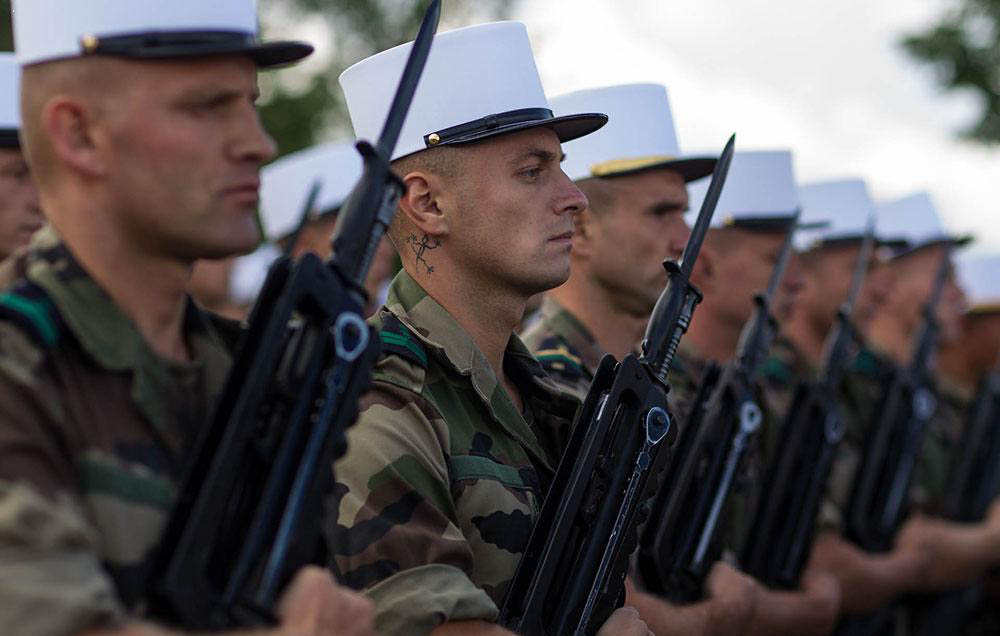
The French Army is the land-based and largest component of the French Armed Forces. Along with the French Air Force, the French Navy and the National Gendarmerie, it is placed under the responsibility of the French government.
The first permanent army was established under  Charles VII in the 1420-30s. The These units of troops were raised by issuing ordinances to govern their length of service, composition and payment. Stationed throughout France and summoned into larger armies as needed.
Charles VII in the 1420-30s. The These units of troops were raised by issuing ordinances to govern their length of service, composition and payment. Stationed throughout France and summoned into larger armies as needed.
 Charles VII in the 1420-30s. The These units of troops were raised by issuing ordinances to govern their length of service, composition and payment. Stationed throughout France and summoned into larger armies as needed.
Charles VII in the 1420-30s. The These units of troops were raised by issuing ordinances to govern their length of service, composition and payment. Stationed throughout France and summoned into larger armies as needed.
The bulk of the infantry for warfare was still provided by urban or provincial militias, raised from an area or city to fight locally and named for their recruiting grounds. Regiments could be raised directly by the King and so called after the region in which they were raised, or by the Nobility and so called after the Noble or his appointed Colonel.
No. 7 – South Korean Army
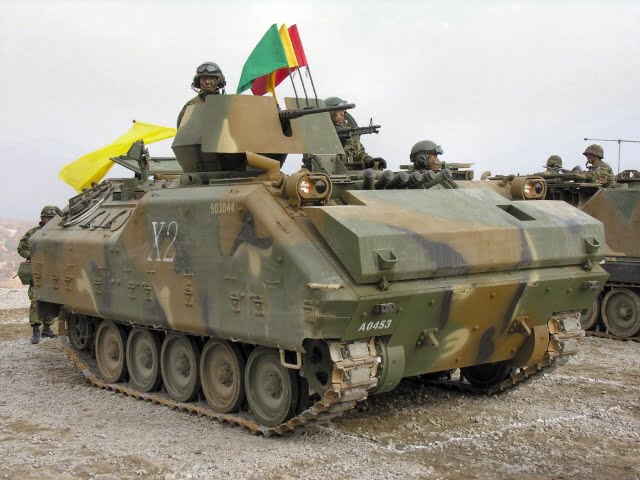
The Republic of Korea Army, also known as the ROK Army, is the army of South Korea, responsible for ground-based warfare.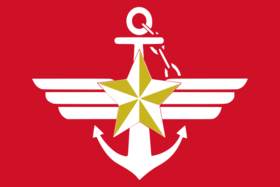 The modern South Korean army traces its lineage back to the Gwangmu Reform when the Beolgyegoon was established by Emperor Gojong in 1881. The 1st of every October is celebrated in South Korea as Armed Forces Day. It commemorates the day during the Korean War when units of the ROK Army first crossed the 38th Parallel, thus leading the UN Coalition north into North Korean territory for the first time.
The modern South Korean army traces its lineage back to the Gwangmu Reform when the Beolgyegoon was established by Emperor Gojong in 1881. The 1st of every October is celebrated in South Korea as Armed Forces Day. It commemorates the day during the Korean War when units of the ROK Army first crossed the 38th Parallel, thus leading the UN Coalition north into North Korean territory for the first time.
 The modern South Korean army traces its lineage back to the Gwangmu Reform when the Beolgyegoon was established by Emperor Gojong in 1881. The 1st of every October is celebrated in South Korea as Armed Forces Day. It commemorates the day during the Korean War when units of the ROK Army first crossed the 38th Parallel, thus leading the UN Coalition north into North Korean territory for the first time.
The modern South Korean army traces its lineage back to the Gwangmu Reform when the Beolgyegoon was established by Emperor Gojong in 1881. The 1st of every October is celebrated in South Korea as Armed Forces Day. It commemorates the day during the Korean War when units of the ROK Army first crossed the 38th Parallel, thus leading the UN Coalition north into North Korean territory for the first time.
The army is structured to operate in both the mountainous terrain native to the Korean Peninsula (70% mountainous) and in North Korea with its 1-million-strong Korean People’s Army, two-thirds of which is permanently garrisoned in the frontline near the DMZ (De-Militarized Zone).
No. 8- German Army

The German Army is the land component of the armed forces of Germany.  The German Army was founded in 1955 as part of the newly formed West German Bundeswehr together with the Marine (German Navy) and the Luftwaffe (German Air Force).
The German Army was founded in 1955 as part of the newly formed West German Bundeswehr together with the Marine (German Navy) and the Luftwaffe (German Air Force).
 The German Army was founded in 1955 as part of the newly formed West German Bundeswehr together with the Marine (German Navy) and the Luftwaffe (German Air Force).
The German Army was founded in 1955 as part of the newly formed West German Bundeswehr together with the Marine (German Navy) and the Luftwaffe (German Air Force).
A German Army, equipped, organized and trained following a single doctrine, and permanently unified under one command dates from 1871, and the unification of Germany under the leadership of Prussia.
After World War II Germany was split into two sovereign states and both formed their militaries: on 12 November 1955, the first recruits began their service in the West German Heer while on 1 March 1956 the East German Landstreitkräfte der NVA (Land Forces of the National People’s Army) were founded.
After World War II Germany was split into two sovereign states and both formed their militaries: on 12 November 1955, the first recruits began their service in the West German Heer while on 1 March 1956 the East German Landstreitkräfte der NVA (Land Forces of the National People’s Army) were founded.
No. 9 – Japanese Army
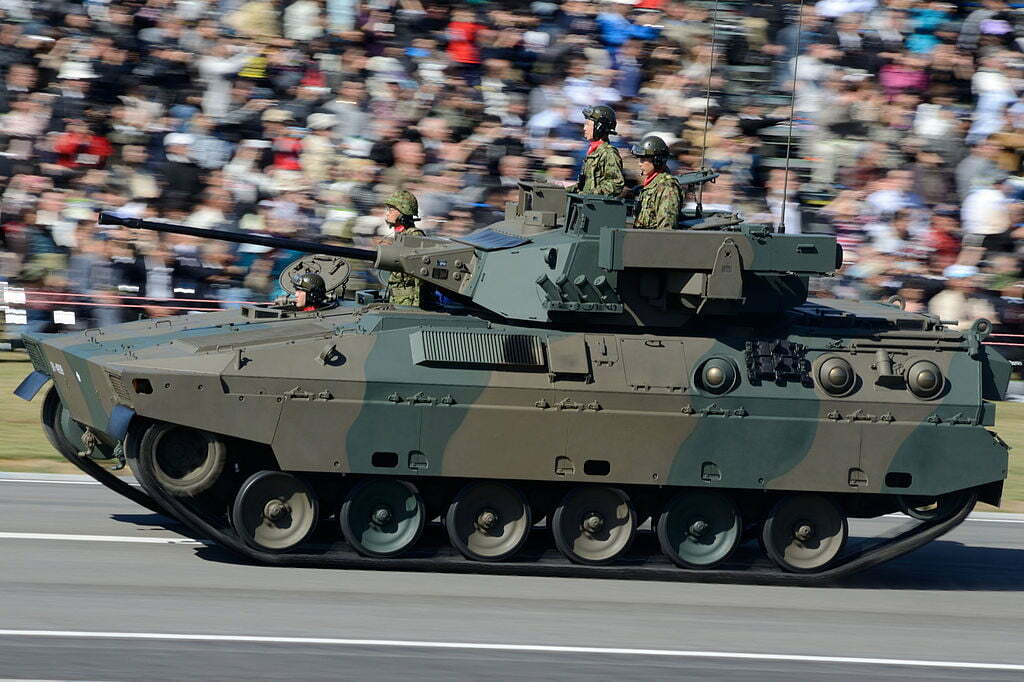
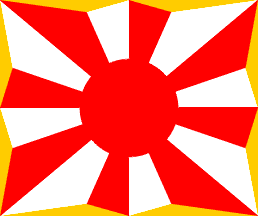
Flag: Ground Self Defense Forces
The Imperial Japanese Army, literally “Army of the Greater Japanese Empire”, was the official ground-based armed force of the Empire of Japan, from 1871 to 1945. It was controlled by the Imperial Japanese Army General Staff Office and the Ministry of War, both of which were nominally subordinate to the Emperor of Japan as supreme commander of the army and the navy.
During the Meiji Restoration, the military forces loyal to Emperor Meiji were samurai drawn primarily from the loyalist daimyos of Satsuma and Chōshū Domains. After the successful overthrow of the Government of Meiji Japan or bakufu and establishment of the new government of Meiji Japan modeled on European lines, a more formal military, loyal to the central government rather than individual domains, became recognized by the general populace as a necessity to preserve Japan’s independence from western imperialism.
No. 10 – Turkish Army
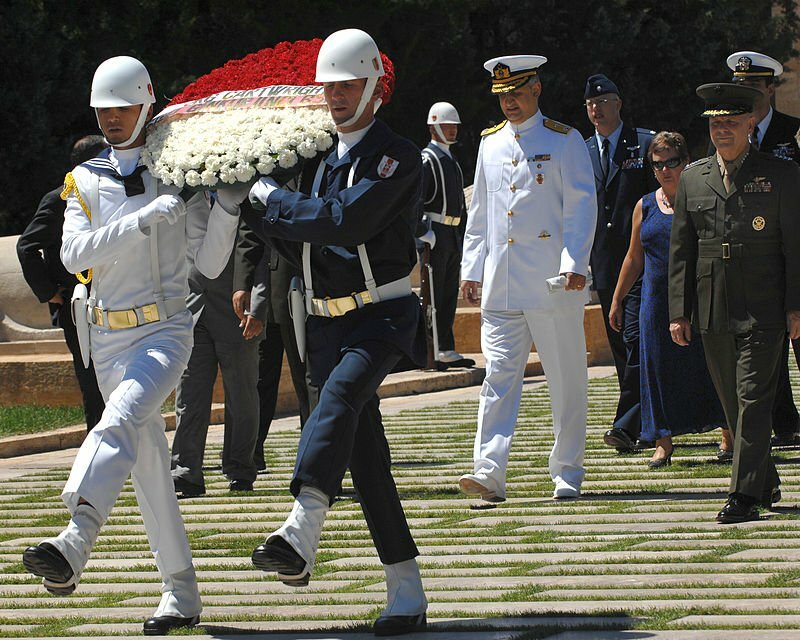
The Turkish Armed Forces (TAF) Turkish: are the military forces of the Republic of Turkey. They consist of the Army, the Navy and the Air Force.

Emblem of the Turkish Army
After becoming a member of NATO on 18 February 1952, Turkey initiated a comprehensive modernization program for its Armed Forces. The Turkish Army sent troops to fight in Korea, where they played pivotal roles at some points.
After the end of World War I, many Ottoman military personnel escaped from Rumelia to Anatolia to take part in the national movement. During the War of Independence, on 3 May 1920, Birinci Ferik Mustafa Fevzi Pasha was appointed the Minister of National Defence.
The Turkish Armed Forces (TAF) Turkish: are the military forces of the Republic of Turkey. They consist of the Army, the Navy and the Air Force.After becoming a member of NATO on 18 February 1952, Turkey initiated a comprehensive modernization program for its Armed Forces. The Turkish Army sent troops to fight in Korea, where they played pivotal roles at some points.

After the end of World War I, many Ottoman military personnel escaped from Rumelia to Anatolia to take part in the national movement. During the War of Independence, on 3 May 1920, Birinci Ferik Mustafa Fevzi Pasha was appointed the Minister of National Defence.

No comments:
Post a Comment